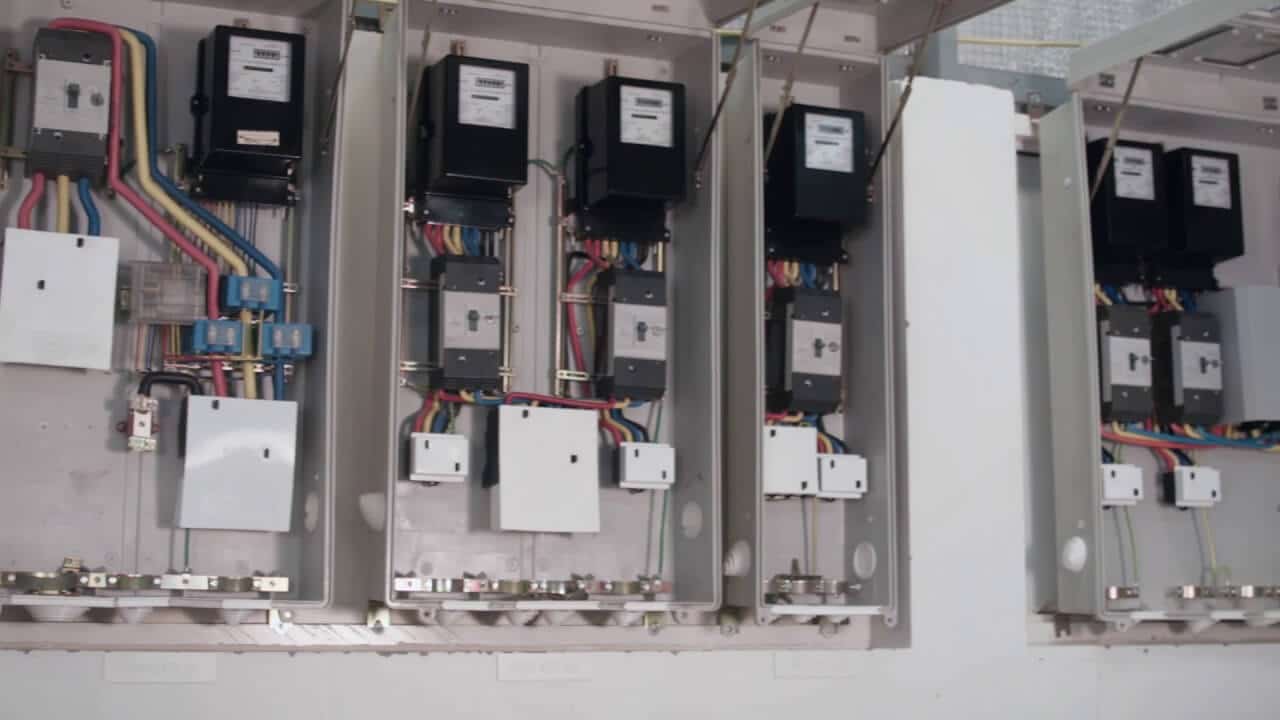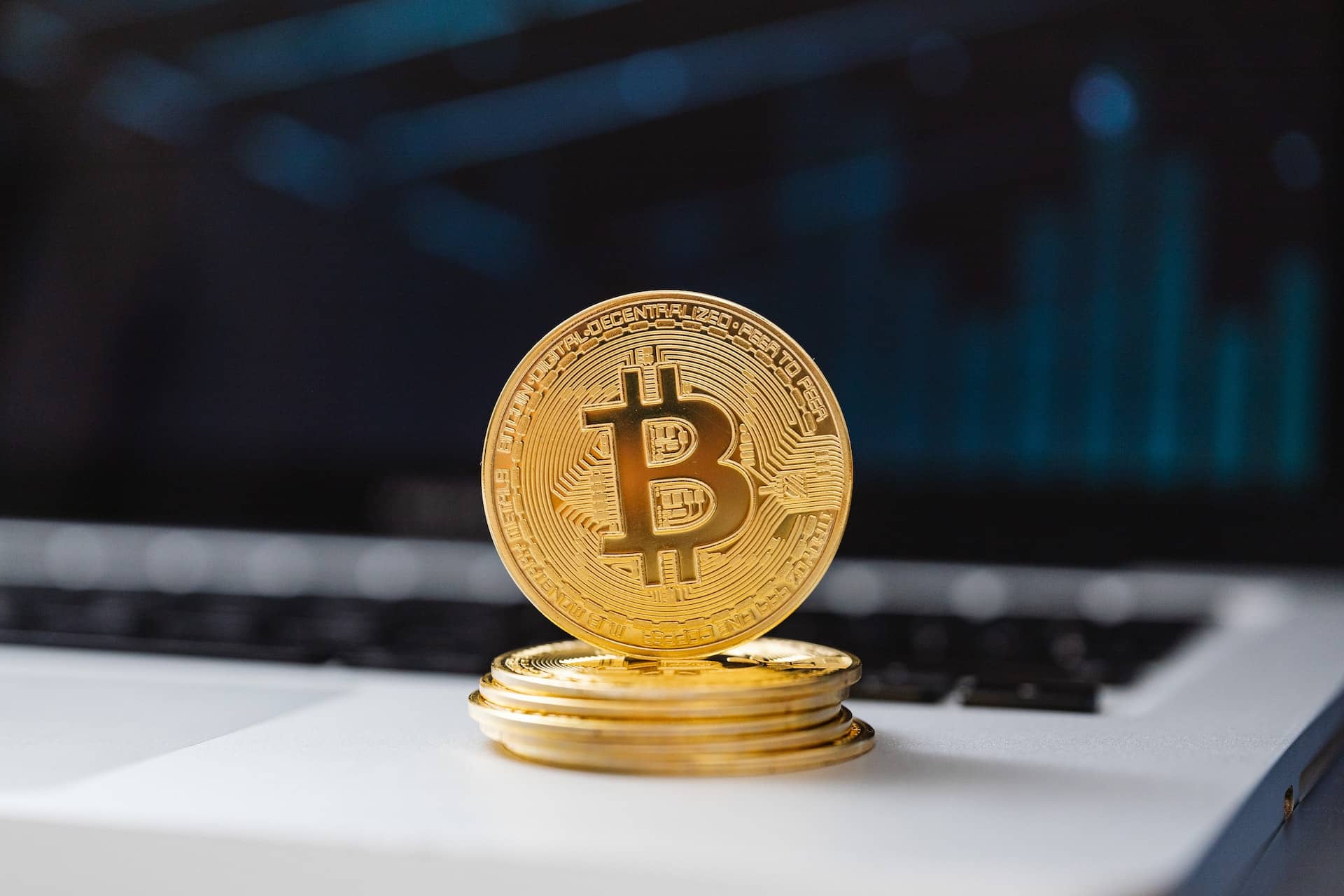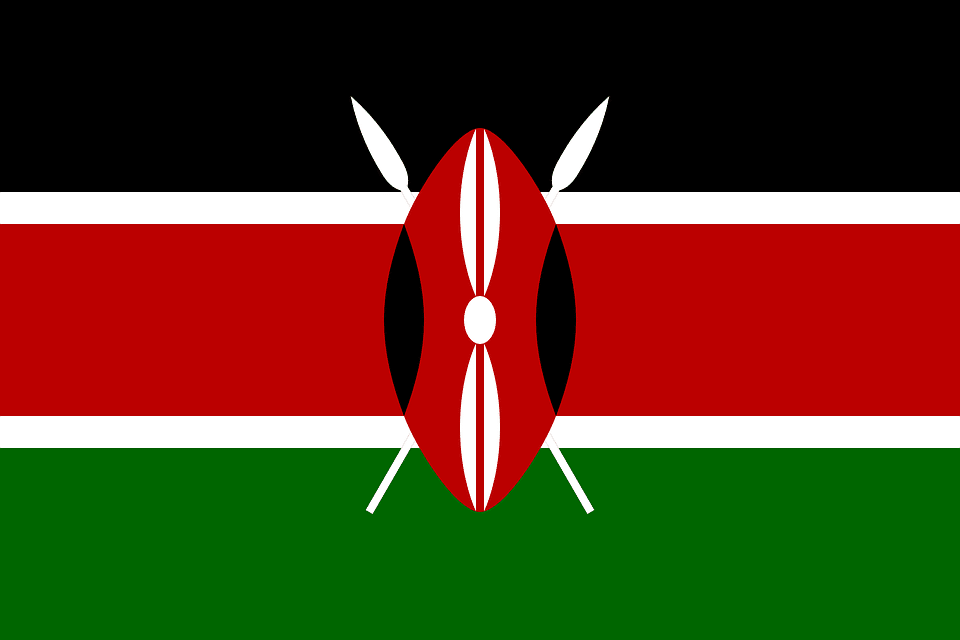Do you want to know how KPLC tariffs work? How do you calculate your electricity bill? These are some of the things that make your electricity bill so high.
You might be thinking, the reason why your electricity bill is so high, might be because of too many appliances in your home. But, what if I told you that that’s not the case?
You will be surprised to see that when your neighbour buys electricity tokens worth Ksh 300, he/she gets 19.5 kWh.
But, when you purchase electricity tokens worth Ksh 400, you end up with a total of 17.9 kWh. Why? This Leeds us to the next question.
KPLC Tariffs: How much does Kenya Power charge per kWh?
The reason why your electricity bill is different from your neighbour is that KPLC has nine types of electricity consumers. Each class has a different tariff.
A consumer can move from one tariff to the next provided that his/her electricity consumption exceeds/ is below a particular threshold for a given time.
Related: How to Check Your KPLC Bill Online.
KPLC Tariffs: What is your Tariff?
The following is a list of KPLC tariffs.
- Domestic Lifeline – These are local consumers whose consumption per month does not exceed 100 units. The consumers in this category get charged Ksh 10 per kWh.
- Domestic Ordinary – This tariff applies to consumers whose consumption is higher than 100 units but less than 15,000 units per month. Consumers in this category are getting charged a flat energy rate of Ksh 15.8 per kWh.
- Small Commercial1 – Next, is the small consumer 1, which is small businesses—a business classified under this category and whose electricity consumption ranges between 0-100 units per month. The energy rate for this type of consumer gets charged at Ksh 10 per kWh.
- Small Commercial2 – Lastly, this consumption category applies to small businesses whose consumption is more significant than 101 but less than 15000 units per month. The energy rate for this type of consumer gets charged at Ksh 15.6 per kWh.
In short, this means that for domestic consumers whose monthly electricity consumption is not higher than 100 units, fall under the Domestic Lifeline and they are sold an energy unit at Ksh 10.
Most consumers fall under the Ordinary Domestic category where a single unit goes for Ksh 15.8 if I am not wrong.
More so this means that a consumer under the Domestic Lifeline category will purchase 19.5 kWh for Ksh 300.
While on the other hand, a consumer under the Ordinary Domestic category will purchase 13.5 kWh for the same amount of Ksh 300. Notice any difference? I know the question that is on your mind right now.
Also read, OKOA Stima: How to Register for Okoa Stima.
How can I Join the Domestic Lifeline Tariff?
Let us say that you live in a rental house and you have a large family. At first, it might be a little difficult for you. But first, you need to minimize the electricity consumption in your house that is not necessary.
Next, purchase electrical appliances with low wattage. These appliances include bulbs, radios, irons et.al.
Example:
For instance, your house has 4, 40W bulbs located outside and 8, 18W bulbs inside brings us to a total of 12 lamps with 304W.
However, on the same note, if you purchase energy saver bulbs. 4, 5W to be used outside the house. And 8, 3W bulbs inside the house this again brings us to a total of 12 bulbs but with 44W only.
What this means is that you have saved a total of 250W for lighting only for the same amount of bulbs.
If your neighbour is using a single 40W bulb and you are using all the 12 bulbs, the electricity consumption will not be that much.
To sum up, if your electricity consumption is less than/greater than 100 units for three consecutive months. You will automatically be moved between the two KPLC tariffs.
That is: How you consume power now determines monthly charges.




